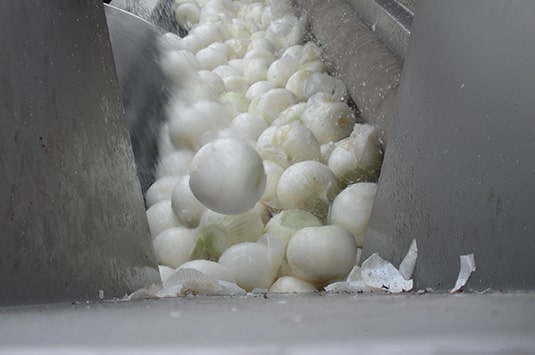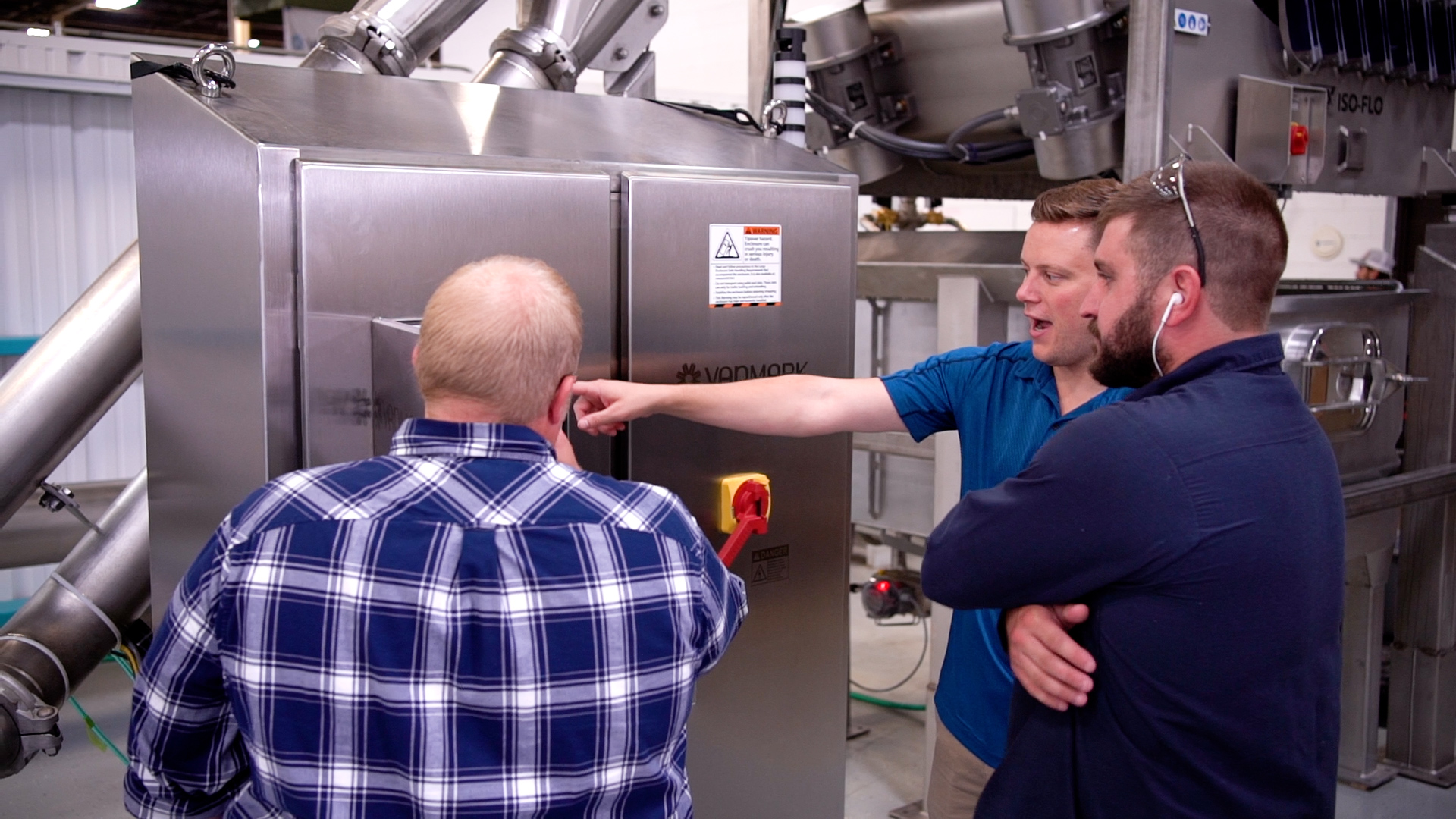Whether you’re planning on buying a single machine or an entire automated food processing line, it’s essential to consider the utility factor. In addition to helping you calculate a more accurate ROI,
Whether you’re planning on buying a single machine or an entire automated food processing line, it’s essential to consider the utility factor. In addition to helping you calculate a more accurate ROI, having a game plan can make the installation process go much smoother.
Read on to learn more about planning electricity, water, air, and other utilities for industrial produce and potato processing equipment.
General Guidance for New Industrial Produce & Potato Processing Equipment
There are several general utility considerations for food processing equipment:
- Document and share what you have early in the project to configure equipment accurately. Consider your existing utilities and whether they can support your new machinery.
- Plan ahead for smooth installation with utility connections. If you’re outsourcing the utility installation job, ask the contractor how long it will take and whether there could be any potential variables that would increase the time.
- Consider utility equipment and connection requirements. Does your floor or building have the space for the additional requisite utility equipment and associated parts? Can you move some of it on the roof or outside?
- The need for a competent PM (in-house or 3rd party). Ensure you have a project manager dedicated to a complex utility install project. The goal of a PM is to make certain that the job runs as smoothly as possible.
Utilities Needed for Automated Processing Equipment

While it would be nice to be able to plug a machine into an existing wall socket, the installation of industrial produce and potato processing equipment is rarely that simple. At Vanmark, many of our high-quality and durable machines require one or more utilities:
Water—Food processing equipment often relies on water as part of their normal operation, whether the water is used as part of the processing itself (for example, our hydrocutters) or as a method of keeping the machine clean during operation (for example, our Auto-Clean In Place system for our peelers).
Either way, many machines on your processing line will need to be plumbed to a water source and may even require a specific water pressure to be supplied for proper operation. In most cases, the installation of new processing equipment will increase your facility’s water consumption.
Power—What type of power do you have available at your facility to operate the equipment? Motors and other electrical components are available in various electrical configurations designed to run on different types of electrical supply—so confirming and communicating the voltage, frequency, and phase of power will help ensure that the equipment is compatible with your power.
Air—Many machines rely on pneumatically-driven components to function properly. These components will require a supply of compressed air (usually within a specific range of air pressure) to operate correctly. For example, our Lamina hydrocutter system requires compressed air to operate its pneumatic clamping cylinders. the pneumatic components.
Waste treatment—Food processing generates waste. As you invest in processing equipment that increases your throughput, the amount of waste you produce each day will also increase proportionally.
Ensuring that you have a plan in place to deal with this waste is important, whether that's by collecting and selling that waste as a byproduct, developing a solution to treat/dispose of the waste onsite, or understanding the increased wastewater treatment costs from your municipality that will result from the increased waste production.
Industrial Processing Equipment Utilities Checklist
Review the utility checklist (below). It will provide some common guidelines to follow before your new industrial food processing equipment arrives at your facility:
- Obtain any installation documentation from the manufacturer. Your experienced OEM team can provide your team with the necessary information for a smooth installation.
- Ask the manufacturer about utility requirements. Can the machine run on 460V, or will it need 575V? What air pressure is required for pneumatic components? How much water does the machine need—and at what pressure? How much wastewater will be generated, and where will it go?
- Where will the machines be installed? While this may sound like an obvious question, knowing this information beforehand can save time.
- Are there any potential disruptions in the installation area? High noise levels? Foot traffic? Vibrations? Active machinery? Inform your installers so they can adequately prepare.
- Do you need to relocate existing utilities? Pipes, wires, drains, etc. Do so before the installation date.
Choose a Leading Industrial Produce & Potato Processing Equipment Manufacturer

At Vanmark, we take customer service to the highest level. From the first discovery phone call to after-sales support, our engineers and sales reps are there to deliver trouble-free operation and long service life for your new food processing equipment.
Whether your food processing line requires an industrial potato peeler machine or another automated produce processing solution, Vanmark can help improve efficiency and savings through our custom-designed and manufactured equipment options.
See for yourself and click below to learn how we helped a pickle processor automate its operations and double its capacity!
How One Processor Automated Their Line